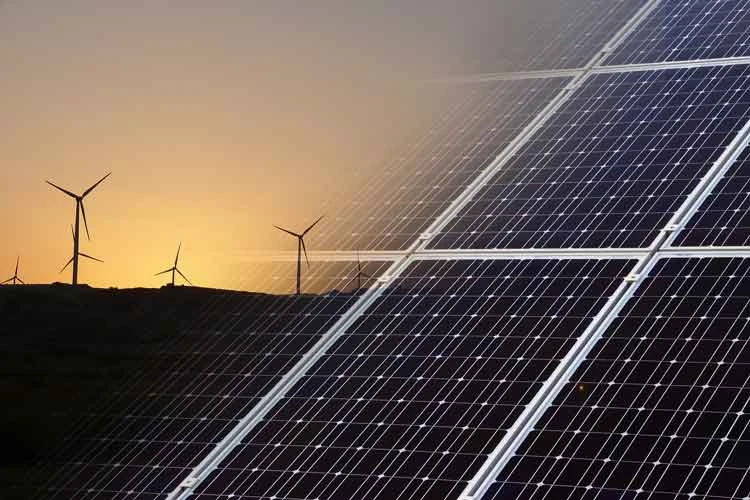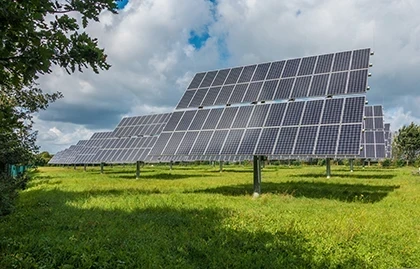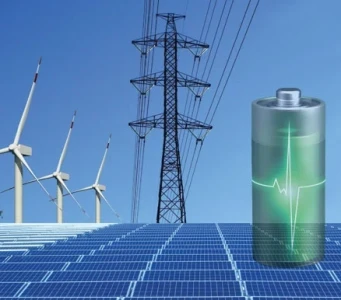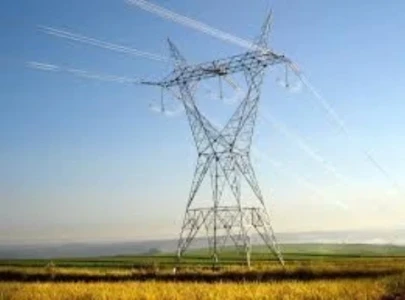Ohio Advocates Aim to Protect Clean Energy Gains from Political Shifts

In Ohio, clean energy advocates are working tirelessly to safeguard recent advancements in renewable energy and climate policy from potential political setbacks. The state's progress in clean energy initiatives is at risk due to ongoing political uncertainties, prompting a concerted effort to ensure that gains made in sustainability and climate action are not undone by shifting political tides.
Recent Gains in Clean Energy
Ohio has made notable strides in clean energy and climate policy in recent years. The state has seen significant increases in renewable energy adoption, including wind and solar power, and has implemented policies aimed at reducing greenhouse gas emissions. These efforts have been driven by a combination of state legislation, local initiatives, and support from various advocacy groups.
Among the key achievements are improvements in renewable energy standards and increased investments in green technologies. Ohio has seen a rise in the deployment of solar panels and wind turbines, contributing to a more diversified energy portfolio. Additionally, the state has introduced measures to improve energy efficiency and promote sustainable practices across various sectors.
Threats to Clean Energy Progress
Despite these advancements, Ohio's clean energy progress is facing threats from potential political changes. Political uncertainty and shifts in leadership pose a risk to the continuity of clean energy policies and the broader climate agenda. Advocates are concerned that new political leaders or changes in policy priorities could undermine or reverse the progress made in recent years.
Recent political developments, including proposed legislation and regulatory changes, have raised concerns among clean energy supporters. There is fear that upcoming elections or changes in government could lead to the rollback of key policies that support renewable energy and climate action. This uncertainty has prompted a proactive response from advocates who are seeking to "trump-proof" the gains achieved so far.
Strategies to Protect Clean Energy Gains
To protect and build upon recent clean energy gains, advocates are employing several key strategies:
-
Legislative Advocacy: Advocates are working to solidify clean energy policies through legislative action. This includes pushing for new laws and regulations that support renewable energy and climate goals, ensuring that these measures have strong bipartisan support to withstand political changes.
-
Public Awareness Campaigns: Increasing public awareness and support for clean energy is a crucial component of the advocacy strategy. By educating the public about the benefits of renewable energy and the importance of climate action, advocates aim to build a broad base of support that can influence policymakers and protect against potential rollbacks.
-
Coalition Building: Collaborating with a diverse range of stakeholders, including businesses, environmental organizations, and local governments, helps strengthen the clean energy movement. Building broad coalitions can enhance the capacity to advocate for continued progress and resist attempts to undermine existing policies.
-
Policy Innovation: Advocates are exploring innovative policy approaches to secure clean energy gains. This includes developing new frameworks for energy regulation, exploring market-based solutions, and leveraging technological advancements to advance sustainability goals.
The Path Forward
As Ohio navigates the complex landscape of clean energy and climate policy, the commitment of advocates remains crucial. By focusing on legislative efforts, public engagement, coalition building, and policy innovation, they are working to ensure that the progress made in renewable energy and climate action is preserved and expanded.
The future of Ohio’s clean energy landscape depends on the ability of advocates to effectively navigate political uncertainties and rally support for sustainable policies. Through continued dedication and strategic efforts, they aim to safeguard the gains achieved and drive further advancements in renewable energy and climate action.
Conclusion
Ohio’s clean energy progress is at a pivotal moment, with recent gains facing potential threats from political instability. Advocates are mobilizing to protect these advancements through legislative advocacy, public awareness, coalition building, and policy innovation. As Ohio moves forward, the resilience and commitment of clean energy supporters will be key to securing a sustainable and prosperous energy future for the state.









